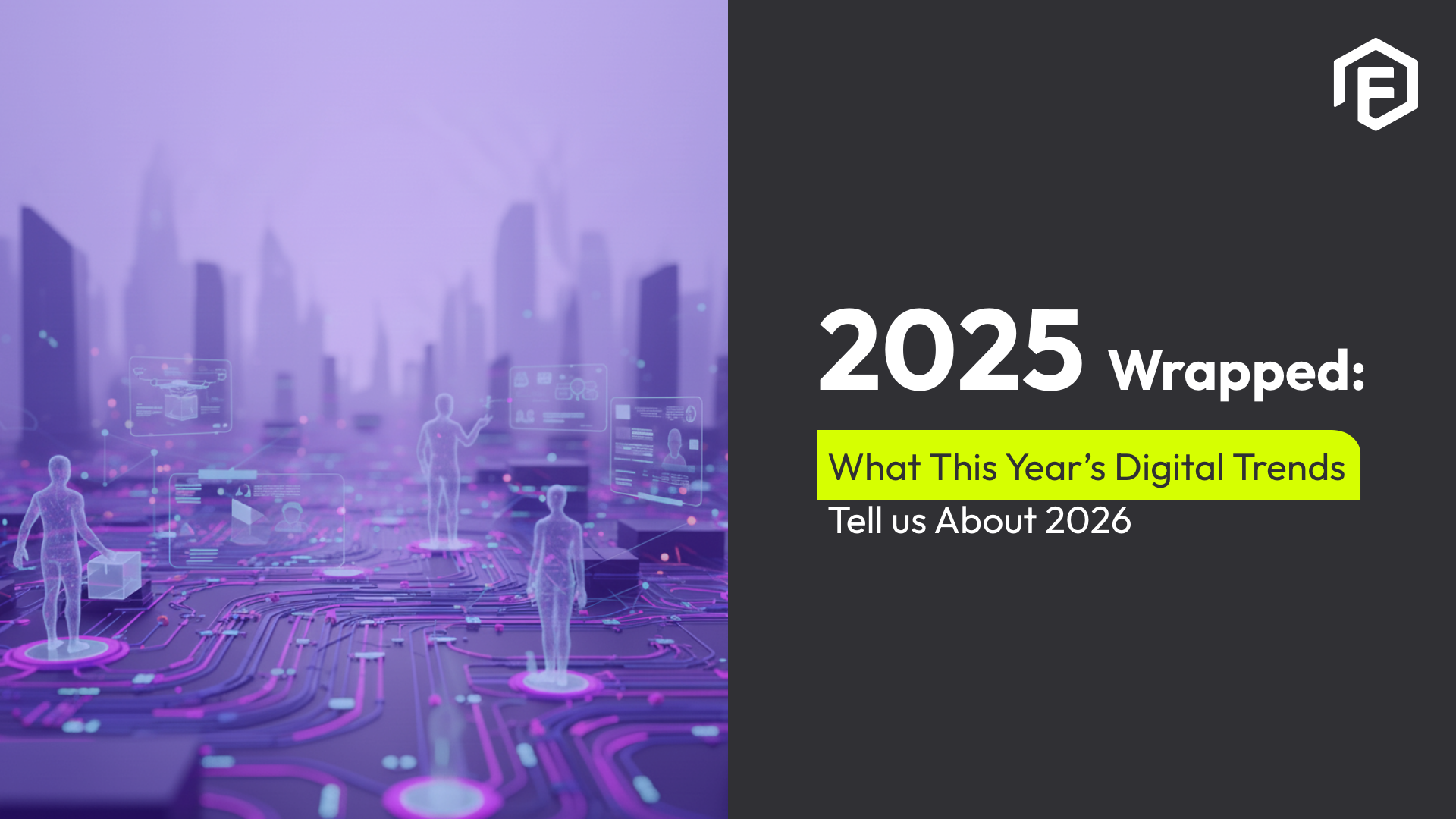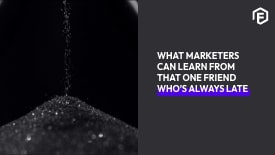Over the eons, those of us working in the creative space have been programmed to believe that the final product, or the “big reveal”, is more important than the design process that goes into it. At school, for example, we’re rewarded for recalling something rote – the answer may as well be etched in stone. The creative process isn’t like that, it can’t be; there’s wisdom in knowing nothing. It’s sometimes hard to put yourself out there, especially if you aren’t 100% sure you know the answer or you’re not convinced you have a great idea. But, that’s exactly why you should share your ideas. They may not be great now, but with the help of your peers and by using a smart design process (more about that later), you can quickly refine that idea into a gem. Remember, it’s not the idea but the final product that you’ll be judged on. Think of each project as a piece on a chessboard, there’s more to consider than simply the next move, which is how your design lives in its intended environment. Think about its shelf life – how it might look in a year or two – and how it fits with the rest of the brand. So, in the interest of being helpful, I’ll share my top four tips to do powerful, meaningful research.
- Get comfortable with being uncomfortable
Have you ever found yourself in front of a blank canvas, a myriad of possibilities buzzing around your head, all jostling for the pick, each as good as the next, and you just have no idea where to start? Or, perhaps you have nothing, nothing excites you, and again, you have no idea where to start. A blank canvas can intimidate even the most experienced designers; it’s natural. So, where do you start? Research, research, research; it may not be the most exhilarating answer, but it remains the most important thing you can do before getting started on any project. It’s less about what motivates you, or what you like, and more about the audience you’re designing for – what captivates them, intrigues their curiosity and encourages them to act.
- Throw it on your canvas and see what sticks
It’s time to start populating your canvas, with anything and everything you think could work. It won’t look pretty, but the ideation process is meant to be messy. Experiment with different typefaces, fonts, font weights, types and orientations. Break the font if you have to; it’s your canvas. Here are just a few things for you to consider:
- Whether it’s colour you’ve been provided with or it’s colour you feel the brand needs, colour can affect the mood of the design and how it makes the intended audience feel. You could also try experimenting with how various fonts behave around your intended colours.
Take the use of red at KFC restaurants. Subconsciously, it makes patrons feel somewhat antsy, so hopefully, they don’t want to stick around for too long, ensuring there’s always space for new patrons.
- Play around with different colour palettes. Depending on the brief, you can use vivid colours to create eye-catching imagery and grab an audience’s attention, or earthy pastels to subtly create more mellow, gentle or pleasant moods.
- Once you have the typefaces and the colour palette you intend on using, experiment with images or footage. See how it all fits together. If the brief allows you to be more adventurous, that should reflect in your image choice. Use abstract images, unconventional camera angles, images with natural light, or black and white images. Always try to stay away from images that provoke racial tensions, stereotypes and religious prejudice.
- Don’t be afraid to use subtle patterns and iconography to express the brand’s mood in relation to how they want to portray themselves to the public.
Something as simple as using noughts and crosses to portray a playfulness really brings a younger audience that much closer to you, for example. Once you’ve decided the route you’re taking, you can start to knit all of these things together and slowly start prototyping. Create a couple of options, or variants, to really test your idea. Often, various elements from each will stand out, giving you the final direction to go in.
- Prototype with a purpose
“If we only test bottle openers, we may never realize customers prefer screw-top bottles.”—Victor Lombardi, Why We Fail Create different environments for your designs to live in – for digital designs, Facebook banners, HD videos, animated GIFs, logo animations. Experiment with music, too. Different sound effects and jingles trigger different memories and feelings. If you feel something is missing in this phase, go back to step one and find elements that tie everything together. Often a pattern or a colour palette you’ve used before just adds the seasoning your dish was missing. Once you’re confident about your prototypes, test them out and be prepared for feedback. Don’t be afraid to ask those you work with, or anyone whose opinion you trust, at various stages of design to weigh in. You’d be surprised what new perspectives can do for your design. Explain your thought process and show them your initial sketches; take them on the journey you went through to get where you are. As much as you want to be possessive of your work, don’t forget, it’s a collaborative effort.
- Eureka
Now that the concepts and designs have been approved; you feel like a million bucks. So, what next? The beauty of the design process is that there’s so much left over from your conceptual phase that you have a starting block for the next project. If you have the time, test your designs in ways not asked for by the brief. For example, if everything was done for the online space, test your designs in print media. I often find that a strong design can live on any medium, and its strength should be shown in its versatility. To sum up, when we’re talking about design research and execution, it’s about evidence-based design. There’s strength in the thought process because it ensures overall user-experience and satisfaction. So, let’s create a world with thinking designers.



